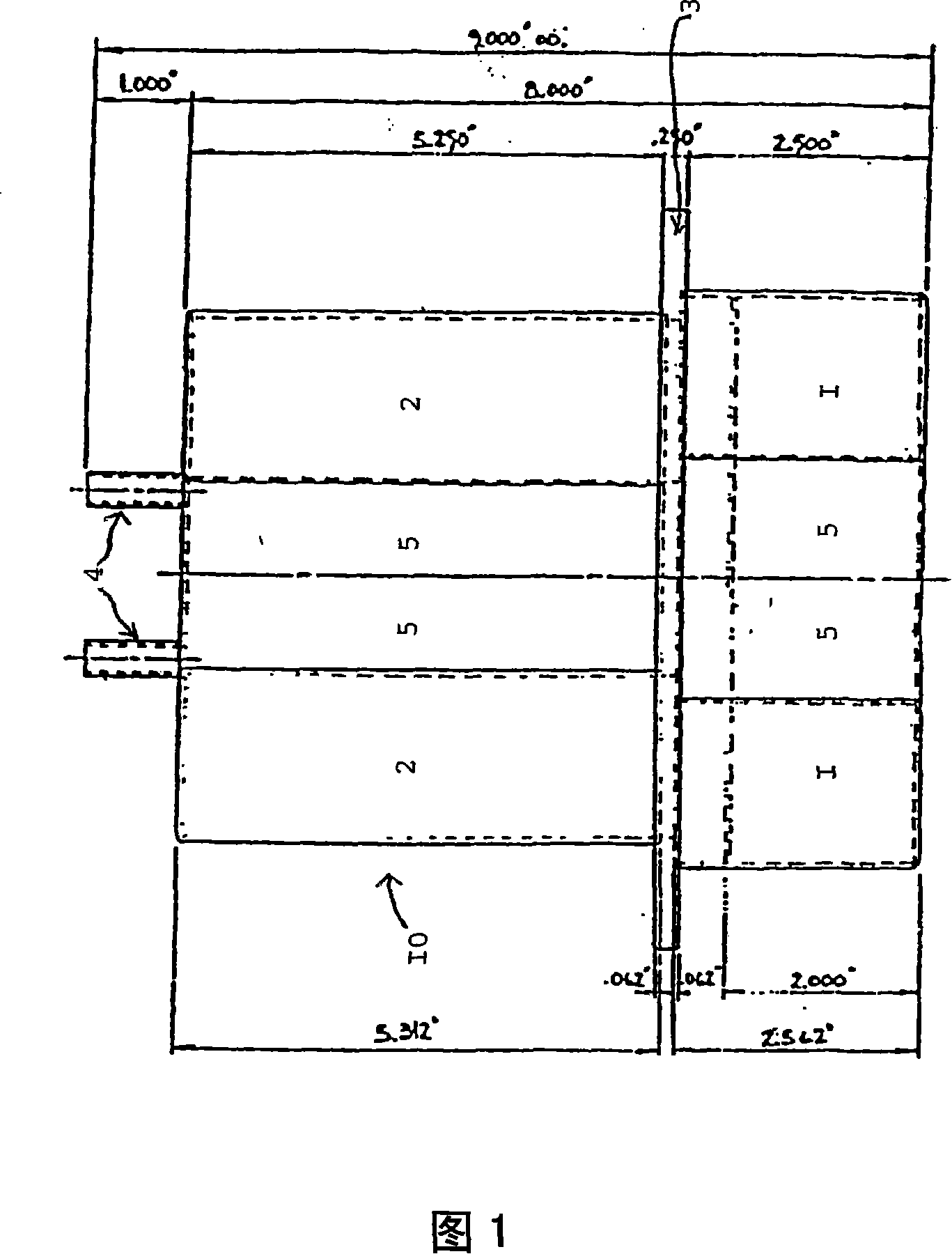Process for the production of an influenza vaccine
A technology for vaccines and influenza viruses, applied in biochemical equipment and methods, microorganisms, pharmaceutical formulations, etc., and can solve problems such as limited usefulness and poor titers
- Summary
- Abstract
- Description
- Claims
- Application Information
AI Technical Summary
Problems solved by technology
Method used
Image
Examples
Embodiment 1
[0072] Example 1 describes the derivation of clone MDCK.5F1. Example 2 concerns the purity of the MDCK.5F1 cell line. Example 3 describes the growth of influenza virus on the MDCK.5F1 cell line with and without trypsin. Example 4 is a summary of studies on tumorigenicity of MDCK.5F1. Example 5 discusses the results following inoculation of athymic nude mice with a suspension of MDCK.5F1 cells. Example 6 describes step by step a specific embodiment of the method. Example 7 describes the results of tests performed using parental MDCK cells and influenza strain A / Shanghai / 11 / 87 and trypsin. Example 8 describes the results of tests performed using MDCK.5F1 cells and influenza strain A / Shanghai / 11 / 87 but without trypsin. Example 9 describes the results of tests performed using MDCK.5F1 cells and influenza strain B / Harbin / 7 / 94 but without trypsin.
[0073] Example 1
[0074] Clone MDCK.5F1 derivative
[0075] MDCK Cell No. CCL 34 was obtained from the American Type Culture Co...
Embodiment 2
[0090] Determination of MDCK.5F1 clonality
[0091] The parameter that determines the clonality of any particular clone picked is the percent growth on the multiwell plate on which said clone was picked. From this percentage the probability that the selected culture is actually pure (ie, P(l)) is determined (see Coller and Coller, Methods in Enzymology, vol. 121, pp. 412-417 (Academic Press, 1986).).
[0092] Since 5% of the wells showed growth in this clone, the probability that the cell line MDCK.5F1 was derived from a single cell was > 97.5%.
[0093] 299 ampoules of the Master Cell Bank (MCB) and 283 ampoules of the Manufacturer's Working Cell Bank (WCB) were prepared from the MDCK.5F1 cell line. These banks were prepared in accordance with the Canadian Principles of Practice Guidelines for Food Manufacturing and evaluated for contamination with fungal, yeast, mycoplasma, bacterial and viral agents. No contamination of any kind was found.
[0094] Persistent, viable cul...
Embodiment 3
[0096] Experiments illustrating the growth of influenza virus in the MDCK.5F1 clone with and without the addition of trypsin
[0097] Experiments were performed to determine the ability of influenza virus to propagate in cultures of clone MDCK.5F1 in the presence or absence of trypsin. The results for the three influenza virus strains A / Johannesburg, A / Texas and B / Harbin are shown in Table 2.
[0098] Table 2: MDCK.5F1 clone cultures with and without trypsin
[0099] Growth of different influenza strains in
[0100] acquired infection
[0101] These results revealed that there was no substantial difference when influenza virus was replicated in cell culture with and without trypsin, as indicated by hemagglutination (HA) titer values.
PUM
 Login to View More
Login to View More Abstract
Description
Claims
Application Information
 Login to View More
Login to View More - R&D
- Intellectual Property
- Life Sciences
- Materials
- Tech Scout
- Unparalleled Data Quality
- Higher Quality Content
- 60% Fewer Hallucinations
Browse by: Latest US Patents, China's latest patents, Technical Efficacy Thesaurus, Application Domain, Technology Topic, Popular Technical Reports.
© 2025 PatSnap. All rights reserved.Legal|Privacy policy|Modern Slavery Act Transparency Statement|Sitemap|About US| Contact US: help@patsnap.com



